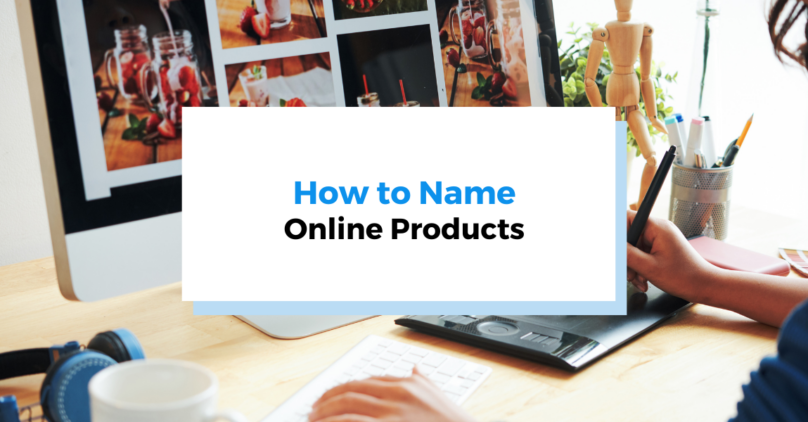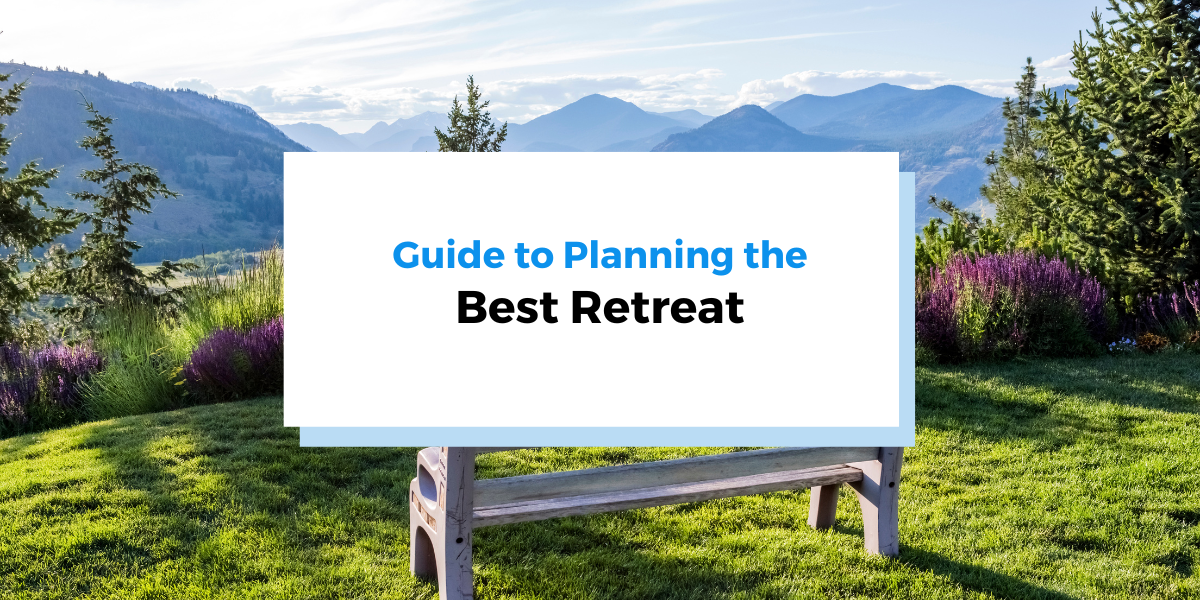It’s pretty much a no-brainer that naming your products/services is an important part of your marketing plan. And naming your product can be a complicated process. Just ask Todd Edelman, Marketing Consultant at Todd Edelman Marketing,
Coming up with a name for your product may be as hard as creating the product itself. But choosing a name that connects with your target audience is extremely important. In today’s day of social interaction online, the catchier and more precise the name, the better it spreads. Remember, exposure is everything, and when you only have 160 characters to get your point across, you better do it well.
In this fast-paced world, where attention spans are fleeting, the name of a product can make all the difference in attracting clients and standing out from the competition. A clever, funny, or interesting name can instantly draw people in, but choosing the right one is a challenge. It must align with your product, mission statement, and resonate with your target audience. In this post, we’ll share tips to help you nail the perfect product name.
Why is product naming important?
The name of your product or products, including your company’s name, defines who you are and what you’re all about.
For tech companies, witty or uniquely spelled names like Tumblr or Reddit can effectively showcase personality and tone. However, if you’re a philanthropic organization, camp, or event organizer, you might want to avoid overly clever names, as they may not align with your mission. A product name should communicate its purpose and generate interest.
While that’s a bit vague, the takeaway is this: what you name your products just like who you hire, represents who you are out in the marketplace. It’s important to select a name that resonates with your audience and clearly conveys what your product offers.
Use the tips below to help you choose the perfect name for your products.
Tip #1. What is your company’s “message”?
Your product names should align with your brand’s mission and identity.
If you offer fun educational tours, products should have fun names. If you’re running a conference marketed to business professionals, stick to a conservative, more professional name. Product names are integral to your brand identity, brand image, and brand name, helping attract the right audience.
For instance, the “International Hospitality Industry Investment Conference” at NYU perfectly targets professionals in the hospitality industry. The name indicates the focus (industry investment), the audience (hospitality professionals), and the scope (international), making it easy to understand and appealing to a global audience.
This might also add some excitement for domestic professionals since the international aspect of the conference adds to the diversity of the participants and potential networking opportunities, boosting brand recognition and attracting the appropriate audience.
Tip #2. Your product names should sum up the main message and intent of your product.
Even if you’re having fun with naming, you should still aim to have a unique name that is representative of what the product is about.
For a tour of England, don’t have a name like “Find your Prince Charming” — men won’t relate, it isn’t specific to England and does not indicate what the product is. Unless of course you’re marketing this product to women, in their late teens and you plan on touring all countries with eligible princes roaming the streets.
A cool name might attract attention, but it should also be aligned with your naming strategy and target audience.
Check out this free business name generator if you need some help with your naming process!
Tip #3. Include practical information in the title to help guide applicants in which product to choose.
Say you offer similar programs but one program is geared towards a certain age group and another is geared toward a certain nationality. Include that in your title! There is nothing wrong with a long title if all the information is pertinent.
So if you offer a “2 Week Historical Tour of England” for high school students and one for post-college students, you should have a product “2 Week Historical Tour of England; Grades 9 -12” and “2 Week Historical Tour of England; Ages 21+”.
Help guide your applicants in choosing which product is right for them without the hassle of reading the in-depth product descriptions in order to figure out which is suitable for them or even which products they are eligible for.
Including such details in the product name can also improve your visibility on search engines.
Tip #4. Speaking of product descriptions, this is a critical aspect of helping applicants both connect to your product and choose the best one for them.
Product descriptions should be informative but concise. Especially if a potential customer is shopping around, you don’t want to bore them and weigh them down with lengthy product descriptions.
Remember earlier when we mentioned our lack of attention spans? A few sentences describing the highlights of the product and what an applicant can expect by participating is all you need. Once they are interested they will read on to get more specific information but a clear and concise introduction is essential and will help applicants engage with you!
If we take a look at our NYU example from tip #1 you can see how to write a great and short description! The two-sentence description includes great adjectives highlighting the conference workshops, the dates, and who is planning it.
Tip #5. Language!
Keep your target audience in mind when naming products and even when writing product descriptions, forms, and brochures.
If you have an international audience, don’t use phrases or terms that only native speakers or locals would understand. Don’t be witty when your audience is looking for a more professional and clean-cut experience. Don’t make jokes or use puns that might offend people even if you and your design team find them funny.
When writing a new product description, consider your target market and the product features that will appeal most to them.
Tip #6. Check out your competition.
There is no shame in doing a competitor analysis or “borrowing” ideas from other companies that offer similar products. What do you like about their names? Dislike?
In the end, you should stay true to yourself and your company but it doesn’t hurt to check out what others are doing and either go with that flow or come up with something even more awesome so you stand out. You want your product name to be memorable so you don’t want something that is the same or can be confused with another product. So if you’re not going for the whole “dare to be different” at least make sure your names aren’t the same as the others out there.
Consider how your naming agency or marketing team can conduct market research and concept test different name ideas to find the right name.
Tip #7. Keep it simple!
Long, complicated product names can turn off potential customers.
When browsing your website and product list, consumers should be drawn in by product names that are memorable and attention-grabbing, not lengthy and hard to understand. This aligns with the idea that a product name should reflect the intent of the product and your company’s overall message. While not all product names need to be 2-4 words, they shouldn’t require multiple lines to convey their point.
For example, names targeting teens or 20-somethings that include words like “discovery,” “experience,” “cultural,” or “taste of” tend to generate excitement and interest. These terms evoke strong, positive images and align with this age group’s desire to learn, explore, travel, and try new things. Give them a cool name that assures them they will have these desires met and gets them excited about your company!
Additionally, a matching domain name can enhance brand awareness and make it easier for customers to find and remember you.
Bonus Fancy Pants Tip!
Consider a/b testing your product names before releasing them. While you may love the name you’ve chosen, it doesn’t guarantee that others will feel the same. Getting a second opinion is invaluable, and the best way to do this is through A/B testing. Thanks to modern technology, you no longer need traditional focus groups; your users can become your focus group.
Using online software gives you the flexibility to test out names, ideas, or whatever you want with your target audience aka your users! You can test product names, change them, and track which ones get more hits or engagement. This approach ensures that you choose a name that resonates with your audience.
Additionally, once you’ve found a successful name, trademark application is an essential next step to protect your brand. This way, you can confidently launch your product knowing it has the best chance to succeed.
We can’t help you with naming your product, but we can show you around ours!
Regpack is an online registration software designed to streamline your registration process, making it easier for you to manage events, programs, and payments all in one place.
With Regpack, you can customize your registration forms, automate payment plans, and gain valuable insights through robust reporting tools.
Whether you’re hosting a conference, running a camp, or organizing a course, Regpack helps you save time, reduce administrative headaches, and improve the experience for your participants.


















